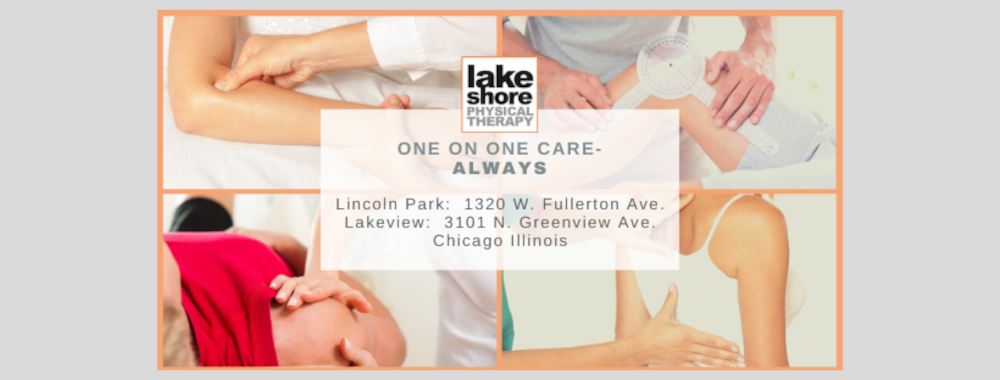 |
| by Lauren Sweeney, Office Manager |
Like most companies, all of Pirate Health Network's plans have a deductible, an amount that a patient is expected to pay for their healthcare in a calendar year (in addition to the monthly premium). While this amount can vary enormously by plan, higher-deductible plans seem to be an increasing trend. According to a recent CNBC study, the average deductible for a Bronze-level plan on the Exchange is around $5000, and 44% of employers planned to offer high-deductible plans as the only option for employees over the next three years.
Let's say Sue's plan has a $2000 deductible - does that mean she needs to pay $2000 before she gets more than just her in-network discount?
Maybe, but maybe not. Remembers those rules we talked about previously when we discussed covered services? There are three that insurance companies tend to make:
- Deductible and coinsurance - Sue will have to pay the allowed amount per PHN's contract until she has paid $2000. After that point, her insurance will split the allowed amount with her. She'll have to pay at most half, but usually less (10-20% is pretty standard).
- Deductible and copay - Again, Sue will have to pay the allowed amount per PHN's contract until she has paid $2000. After that point, however, her insurance will tell her that she only owes, say, $30 each time she comes in.
- Copay - PHN would say that Sue just owes $30 each visit and doesn't have to meet her deductible first. This is probably the rule that people most often think go when they think of health insurance.
Here's the catch, though - each covered service is usually treated differently. Sue may have a copay for visits to a general practitioner, but have a higher copay to visit a specialist, and may need to meet her deductible before a coinsurance applies for physical therapy services. It's no wonder there can be so much confusion about benefits!
Luckily, Sue's been paying attention. She knows that physical therapy is a covered service, most of the providers in her area are in her network, and she's called Pirate Health Network to find out how physical therapy is covered. Her physical therapy provider has also called to verify her benefits - just like we do at Lakeshore PT - so both she and her provider are on the same page as to what she can expect to pay and what PHN will pay. Because she doesn't have to stress over understanding her coverage, Sue can focus her energy on strengthening her shoulder (and dreaming of the day she can finally get those gills).


















